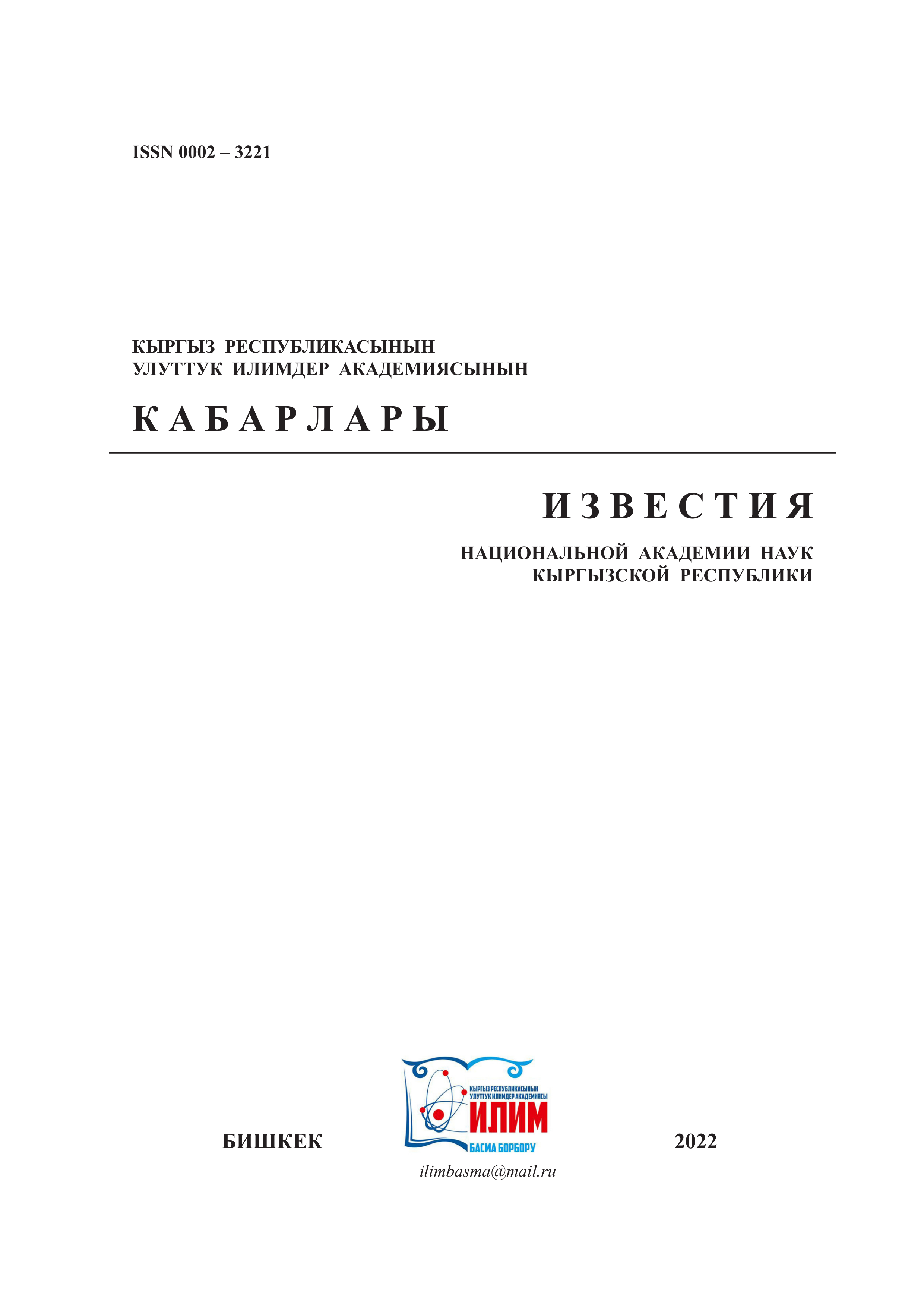ENDOTHELIAL RESPONSE DURING SHORT-TERM ACUTE EXPERIMENTALLY INDUCED NORMOBARIC HYPOXIA IN HUMANS AT REST
Keywords:
normobaric hypoxia, nitric oxide, lactate, human.Abstract
We studied 14 healthy young men participating in an experiment that induced acute severe normobaric hypoxia at rest (breathing a hypoxic gas mixture with 9% O2 by volume); the measurements occurred during 25 minutes of hypoxia and for 15 minutes of the early recovery period. Using a statistical analysis method, we divided the experimental group into 2 subgroups with different nitric oxide(NOx)
values. The healthy men with significantly higher basal NOx levels also demonstrated higher plasma NOx concentrations during the hypoxic exposure and in the recovery period. The participants in this group
also had significantly lower plasma lactate levels both before and during the experiment. We assumed that individual NO levels should be taken into consideration when assessing lactate indices in subjects under short-term acute normobaric hypoxia.
References
Carpenter K.L., Timofeev I. et al. Nitric oxide in acute brain injury: a pilot study of NO(x) concentrations in human brain microdialysates and their relationship with energy metabolism // Acta Neurochir. – 2008. – V. 102. – P.207–213.
Grocott M.P., Martin D.S., et al. Arterial blood gases and oxygen content in climbers on Mount Everest // NEngl J Med. – 2009. – V. 360. – P. 140-149.
Heinonen I., Saltin B. et al. Skeletal muscle blood flow and oxygen uptakeat rest and during exercise in humans: a pet study with nitric oxide and cyclooxygenase inhibition // Am J Physiol Heart Circ Physiol. – 2011. – V. 300. – P. H1510-H1517.
Kato G.J., Mcgowan V. et al. Lactate dehydrogenase as a biomarker of hemolysis-associated nitric oxide resistance, priapism, leg ulceration, pulmonary hypertension, and death in patients with sickle cell disease // Blood.– 2006. – V. 107. – P. 2279-2285.
Lewis N.C.S., Bain A.R., Wildfong K.W., Green D.J., Ainslie P.N. Acute hypoxaemia and vascular function in healthy humans // Exp Physiol. – 2017. – V.102. – P. 1635-1646.
Montoya J.J., Fernandez N. et al. Nitric oxide-mediated relaxation to lactate of coronary circulation in the isolated perfused rat heart // J Cardiovasc Pharmacol. – 2011. – V.58. – P. 392-398.
Murray A.J. Metabolic adaptation of skeletal muscle to high altitude hypoxia: how new technologies could resolve the controversies //Genome Med. – 2009. – V. 1. – P. 117.
Parshukova O.I., Varlamova N.G., Bojko E.R. Nitric oxide production in professional skiers during physical activity at maximum load // Front. Cardiovasc. Med. Hypertens. – 2020.- V. 7. –P. 1–8.
Pichon A., Zhenzhong B. et al. Long-term ventilatory adaptation and ventilatory response to hypoxia in plateau pika (Ochotona curzoniae): role of nNOS and dopamine // Am J Physiol Regul Integr Comp Physiol. – 2009. –V. 297. – P. R978-R987.
Sutton J.R., Reeves J.T. et al. Operation Everest II: oxygen transport during exercise at extreme simulated altitude // J. Appl. Physiol. – 1988. – V. 64.- P. 1309-1321.
West J.B. Point: the lactate paradox does/does not occur during exercise at high altitude // J Appl Physiol. –2007. – V. 102. – P. 2398–2399

